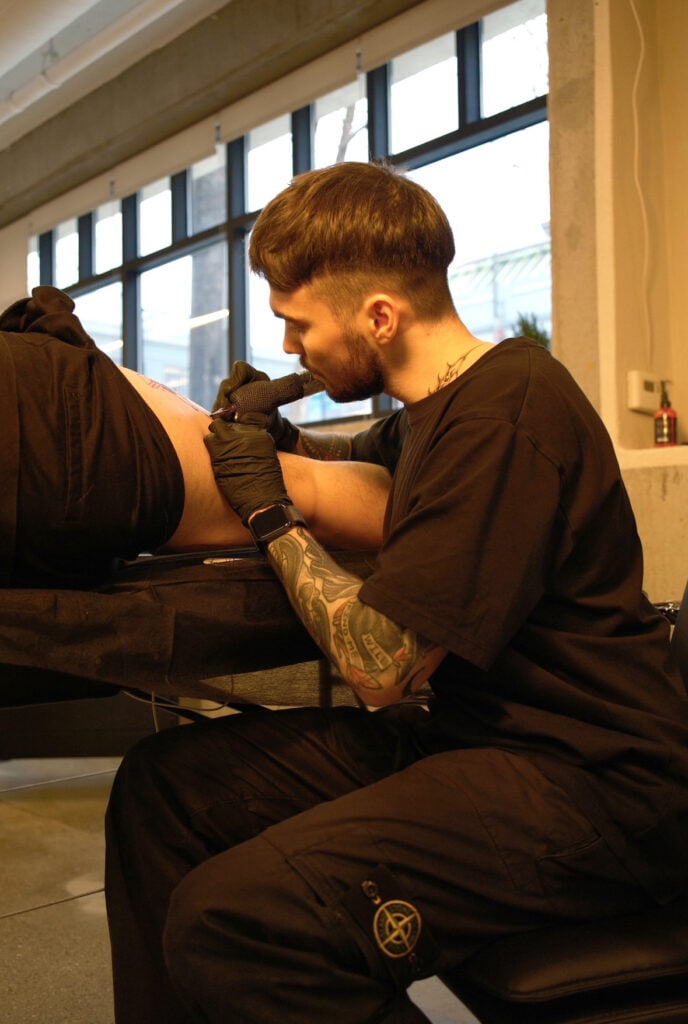
Bio
Bazhen Nikitin, widely recognized as heaventattooer, is an influential tattoo artist whose work has left a lasting mark on the industry. Known for his mastery and bold artistic vision, he consistently pushes the boundaries of contemporary tattooing while remaining deeply rooted in timeless tradition.
Starting his journey in Russia, Bazhen quickly gained recognition for a distinctive style inspired by medieval engravings. His pieces often resemble pages from ancient manuscripts, with precise linework and a focus on storytelling through imagery.
Currently working in the United States, Bazhen continues to stay true to his artistic roots. While traveling and tattooing internationally, he introduced new contemporary directions into his repertoire, preserving the essence of what made his work unique. This blend of historical influence and modern expression defines his evolving approach.
Today, heaventattooer is sought after by clients from around the world. Drawing inspiration from the diversity he encounters while traveling, his bold and personal designs reflect both cultural awareness and artistic integrity.
Bazhen Nikitin stands as one of the voices redefining modern tattooing. His work bridges tradition and innovation, proving that true growth in art comes not from leaving something behind, but from building upon it with purpose and vision.
Interview
You’ve become a respected figure in the international tattoo scene. What originally sparked your interest in tattooing?
Growing up, I was always drawn to art that told a story. Tattooing felt like one of the most personal ways to do that. The idea that you could create something permanent and meaningful for someone really captivated me. Tattoos are living art, and I wanted to be part of that process.
You started at a time when tattooing in Russia wasn’t as developed. What was that like?
It was definitely a challenge. The tattoo scene in Russia was still forming, and it wasn’t easy to find a mentor. I had to teach myself using whatever resources I could find online. That experience taught me resilience and pushed me to develop a distinct voice early on, which later helped my work stand out.
Many consider you a technical perfectionist. What tools do you prefer working with?
I prefer rotary machines. They’re quieter, more versatile, and offer the precision I need for detailed work. They also make the process more comfortable for clients, which I value just as much as the outcome.
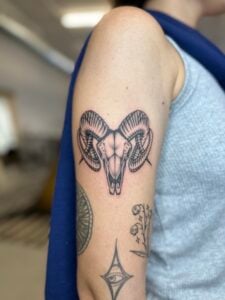
You’ve influenced a lot of younger artists. Who inspires you?
Inspiration comes from everywhere. I’m drawn to architecture, classical art, fashion, and history. I often look outside the tattoo world. Meeting people from different cultures has also had a strong impact, especially while working in the U.S., where artistic influences are incredibly diverse.
What advice would you give someone considering their first tattoo?
Take your time with both the design and the artist. A tattoo should feel personal and intentional. And trust the process. A good artist isn’t just executing your idea, they’re elevating it.
Did your community support you in the beginning?
Not entirely. Tattooing wasn’t widely accepted in Russia when I started, so people were skeptical. But over time, as they saw how serious I was and how much recognition my work was receiving, the support came naturally.
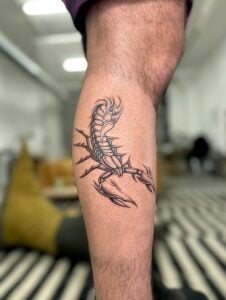
What part of the tattooing process do you value most?
It’s the trust and connection. Every tattoo has a story, and being the one chosen to tell it is a responsibility I take seriously. Watching clients see their ideas come to life is always rewarding.
Do you ever turn down projects?
Yes. I only take on work that aligns with my vision. It’s important for me to be invested in what I’m creating. I also avoid themes that don’t feel authentic to my style.
What role has social media played in your career?
It’s been powerful. Social media allows artists to reach a global audience. But it also brings pressure. That’s why staying grounded and maintaining your voice is so important.
What is the most important advice you would give to someone learning tattooing?
Never stop learning. Tattooing is constantly evolving. Stay curious, stay humble, and always honor the craft. It’s not just art, it’s a responsibility to your clients and to the culture.
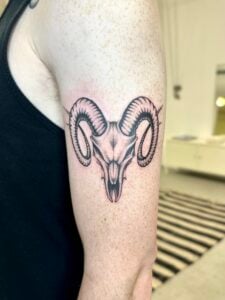
How do you see tattooing changing in the next decade?
Tattooing is moving closer to the world of fashion and contemporary art. I think we’ll see more crossover between disciplines. I’m already exploring ways to connect with creatives from other fields to keep evolving my own practice.
Have you ever doubted the path you chose?
Not once. There have been hard days, but tattooing is what I’m meant to do. It’s how I express myself and connect with the world.
Your work is constantly evolving. What fuels that ongoing creative drive?
I think it’s curiosity. I always want to try something new, explore new forms, new textures. Traveling helps. Conversations help. The moment things feel too easy, I try something unfamiliar.
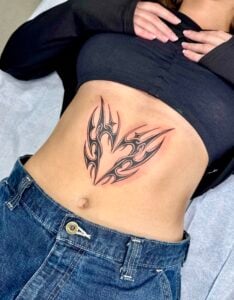
Your style is hard to define. How would you describe your artistic direction now?
It’s a fusion. I love the structure and symbolism of medieval engraving, but I also work with clean modern forms that feel closer to fashion or design. Those two sides reflect different parts of who I am, and I don’t think I’ll ever fully commit to just one.
What’s been one of the biggest professional challenges you’ve faced?
Building a name while working internationally was not easy. It meant starting from scratch in new environments. But that process forced me to sharpen my voice and make my work unmistakably my own.
Do you see your work as part of something bigger than tattooing?
Yes. I see tattooing as part of a broader creative culture. I’m interested in how it interacts with other fields like fashion, contemporary art, and even architecture. To me, it’s a living medium that deserves to be part of that dialogue.
What are your long-term plans as an artist?
I want to contribute to the evolution of tattooing both in the U.S. and around the world. My goal is to help elevate the craft, expand its cultural relevance, and push it to a new level where it’s recognized as a serious and forward-thinking form of contemporary art.
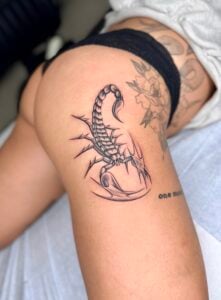
Aaron Cole
4/21/25


